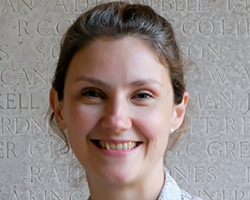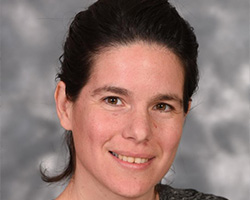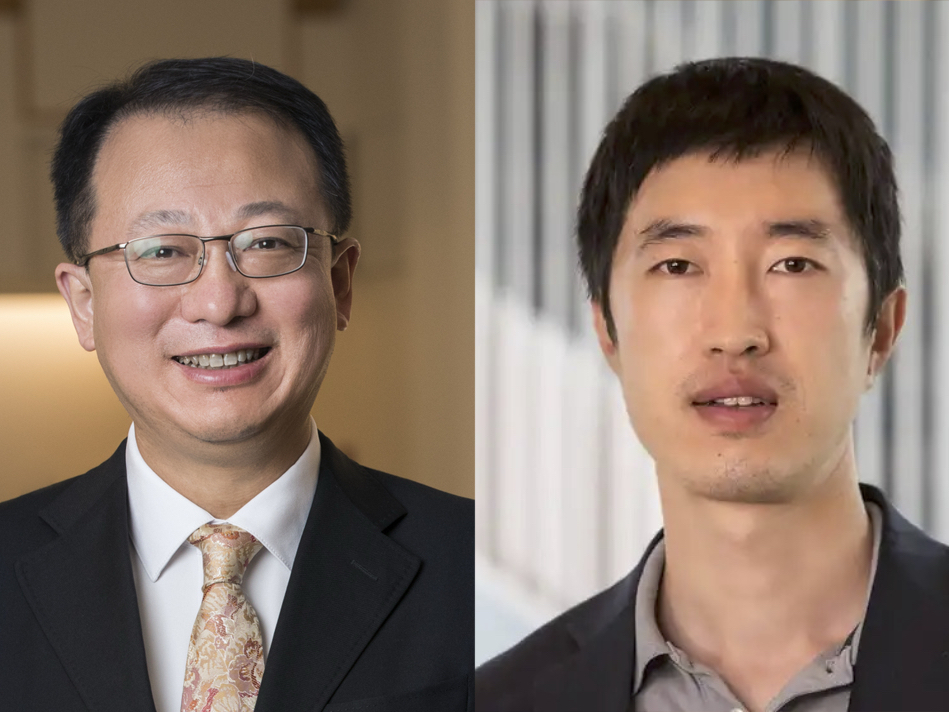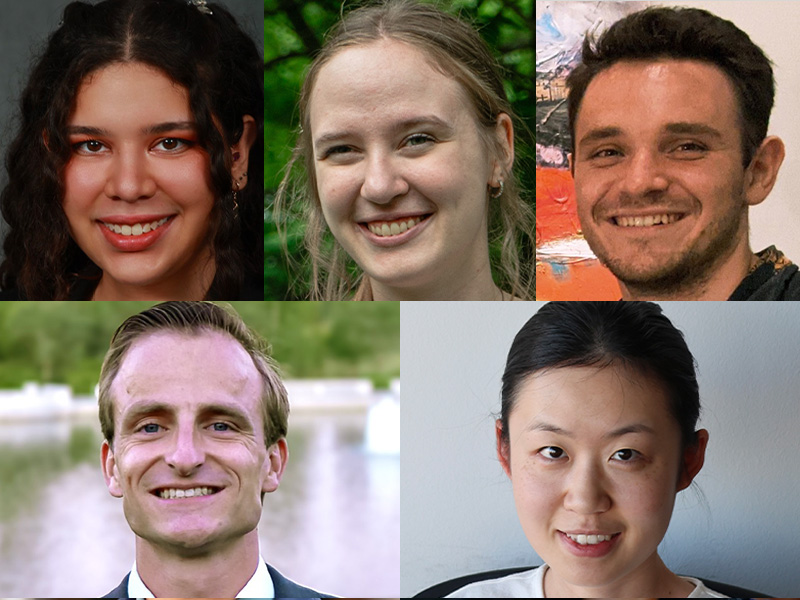Researchers take cue from vibes of elephants, spiders
International collaboration to uncover how cells communicate through vibrations

Organisms of all shapes and sizes communicate by vibrating the solid stuff of their environments, and initial evidence suggests that individual cells in our bodies might do the same.
A team of researchers from Israel, the United Kingdom, Spain and the United States have been awarded a three-year, $1.5 million grant from the Human Frontier Science Program to study this potentially transformative new mode of cell-to-cell communication. The project brings together experts in cell mechanobiology, vibrational communication and computational modeling to explore whether cells can transmit information to each other through tiny vibrations in the scaffold of proteins surrounding them.
The research team is led by Ayelet Lesman, professor in the School of Mechanical Engineering at Tel Aviv University in Israel. Co-investigators include Guy Genin, the Harold and Kathleen Faught Professor of Mechanical Engineering at the McKelvey School of Engineering at Washington University in St. Louis; Beth Mortimer, associate professor in animal biology at the University of Oxford; and Ramon Zaera, professor from the Continuum Mechanics and Structural Analysis Department at Universidad Carlos III de Madrid.
“We're tremendously excited to combine our diverse expertise to investigate this cutting-edge question,” said Lesman, principal investigator on the grant. “Our preliminary models suggest cells may be able to communicate over relatively long distances through dynamic motions in the extracellular matrix, similar to how spiders sense vibrations through their webs. But this has never been directly studied before.”
Mortimer, a biologist who studies vibrational communication in animals such as spiders and elephants, will lead the experimental work to record and characterize the hypothesized cell-generated vibrations using state-of-the-art laser vibrometry techniques
“I'm eager to apply approaches from my research on macro-scale animal communication to eavesdrop on the nanoscale whispers between cells,” she said.
The measured physical properties of the vibrations will feed into computational models led by Zaera to map how the signal propagates through the extracellular matrix.
“My lab's existing finite element models of fibrous materials are well-poised to simulate how the extracellular matrix, with its complex architecture, conducts dynamic mechanical information,” Zaera said.
Finally, the team will study how cells detect and respond to the vibrational signals at a molecular level using live microscopy and biomarkers, advised by Genin, a cell mechanobiology expert.
“From my research on how cells transduce minute mechanical forces during wound healing and fibrosis, I anticipate these vibrations may activate mechanosensitive signaling pathways to coordinate cell behavior,” Genin said.
This new mode of cell-cell communication, if validated, could have important implications for both healthy and disease processes involving cell interaction and collective behavior, from embryonic development to wound healing to cancer metastasis, the researchers said.
“By understanding the ‘language’ that cells use to talk to each other through extracellular matrix vibrations, we may identify new ways to promote healing and block pathological conditions,” Lesman said. “For example, we could potentially program 'messages' to stimulate tissue regeneration, or jam signals that enable tumor cell invasion.”
The research program will involve developing new techniques to 3D bioprint defined cell-matrix structures to control cell-cell distance and orientation. The project aims to show that cells can generate, propagate and perceive complex vibrational information through the extracellular matrix and elucidate the key cell and matrix parameters that govern this process.
“This high-risk, high-reward, interdisciplinary research is only possible through international collaboration,” Genin said. “By combining our complementary expertise, we can pursue this exciting hypothesis at the frontier of cellular mechanobiology in a way that none of us could do alone. Interesting research will come out of this regardless of whether experiments ultimately support our hypothesis.”
The team said this work may open a new paradigm to understand and engineer how cells coordinate their individual activities into collective behaviors, with potential future applications in regenerative medicine, cancer therapy and synthetic biology.
“We're thrilled to have the opportunity to work together on this potentially groundbreaking project,” Genin said. “And we're very grateful to the Human Frontiers Science Program for sharing our vision of using innovative, cross-disciplinary science to explore a potential new pathway for how cells communicate.”







